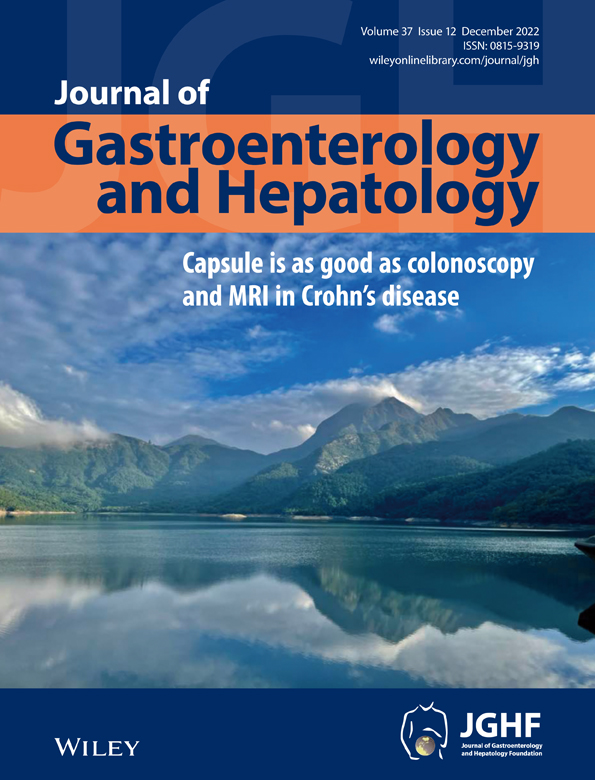Superiority of a preparation-related model for predicting inadequate bowel preparation in patients undergoing colonoscopy: A multicenter prospective study
Declaration of conflict of interest: The authors declare that they have no conflicts of interest. The authors alone are responsible for the content and writing of the paper.
Author contribution: Study concept and design: Yanglin Pan and Xiaoyu Kang; acquisition of data: all authors; analysis and interpretation of data: Xiaoyu Kang and Long Chen; drafting and editing of the manuscript: Long Chen and Xiaoyu Kang; critical revision of the manuscript for important intellectual content: Yanglin Pan; and administrative and material support: Yanglin Pan.
Financial support: This work was supported in part by the National Natural Science Foundation of China (81970557 and 82003152).
Abstract
Background and Aim
Three models based on patient-related factors have been developed to predict inadequate bowel preparation (BP). However, the performance of the models seems suboptimal. This study aimed to develop a novel preparation-related model and compare it with the available patient-related models.
Methods
Patients receiving standard BP were prospectively enrolled from five endoscopic centers. Patient-related and preparation-related factors for inadequate BP (defined by segmental Boston Bowel Preparation Scale score < 2) were identified by logistic regression. A preparation-related model was derived and internally validated in 906 patients. The comparisons of models were assessed by discrimination and calibration. The preparation-related model was also externally validated.
Results
Several patient-related factors (male and American Society of Anesthesiologists Physical Status Classification System score ≥ 3) and preparation-related factors (drinking-to-stool interval ≥ 3 h, preparation-to-colonoscopy interval ≥ 6 h, and poor rectal effluent) were found to be independently associated with inadequate BP (all P < 0.05). C-statistics was 0.81 for the preparation-related model in the training cohort (n = 604), significantly higher than three available patient-based models (0.58–0.61). Similar results were observed in the validation cohort (n = 302). Calibration curves showed close agreement in the preparation-related model (R2 = 0.315 in the training cohort and 0.279 in the validation cohort). The preparation-related model was externally validated in another 606 patients with C-index of 0.80.
Conclusions
A new preparation-related model (consisting of drinking-to-stool interval ≥ 3 h, preparation-to-colonoscopy interval ≥ 6 h, and poor last rectal effluent) was developed and performed better than three available patient-related models. This easy-to-use model may be a useful decision-support tool on individualized plans in patients undergoing BP.
Open Research
Data availability statement
All data relevant to the study are included in the article or uploaded as supporting information.




